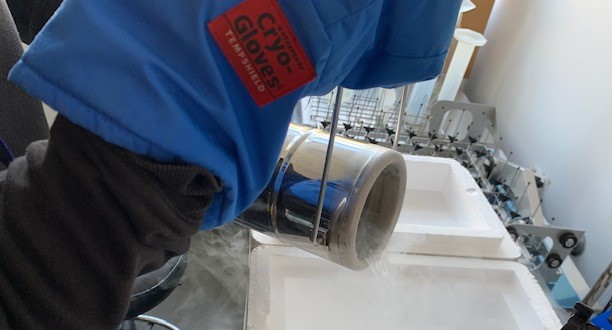As part of this ANAT Synapse art/science residency with CMBD, and another art project (TBA), I have been examining the concept of a hybrid seaweed/mammalian biopolymer material.
This fits with my longstanding interest in the Chimera as hybrid entity.
Bio-compatible (mammalian cell compatible) polymers require certain attributes i.e. water resistance and open structure.
Experimenting with water resistance.
In earlier experiments I laminated natural seaweed biopolymer films with water resistant seaweed polymers to improve them.
After self-directed research, I added wax to polymers to further water resistance.
Initial drying showed marked shrinkage and cracking, however the material rehydrated well without excess swelling as with other polymer formulae.
I tweaked the formula and solved the cracking problem.
Below: Polymer before and after soaking in water, some swelling (less than regular polymer) and film remained strong.
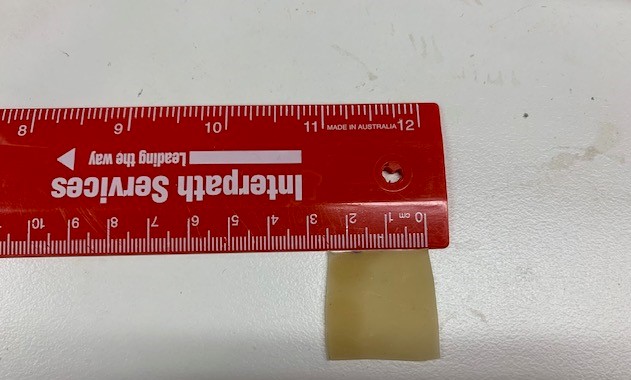
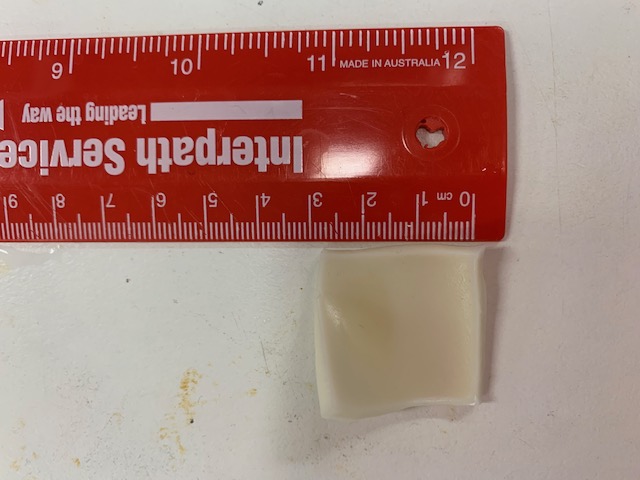
As well as a film, I made simple hollow forms (vessels) to further test this bioplastic for water holding ability.
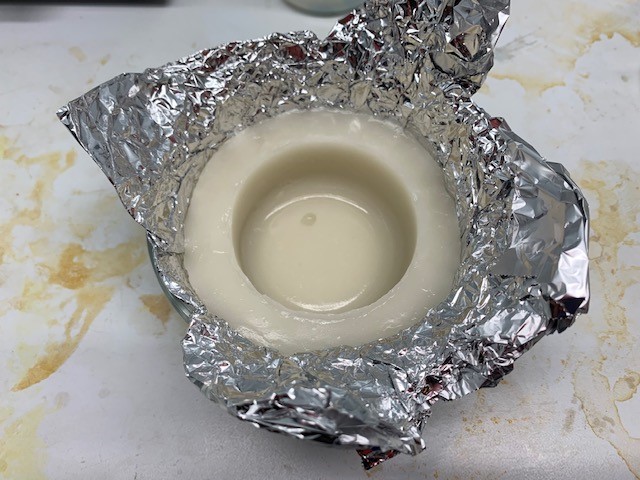
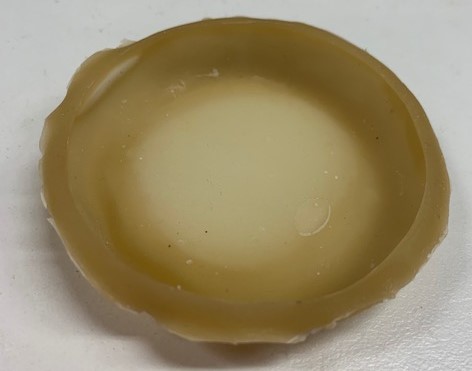
To reduce shrinkage, I experimented with polymer ratio to make denser films.


Testing biopolymer pH
In another direction this week with biocompatible polymers:
For optimal cross linking of bioplastic and biopolymer. Peng Su and I tested earlier formulations for pH.

Freeze drying
To increase bio-compatibility (bio-compatible polymers can be used for bodily regeneration therapies e.g. cell culture), and breathability (for diverse use), the polymer was shocked using a variety of freezing methods.
